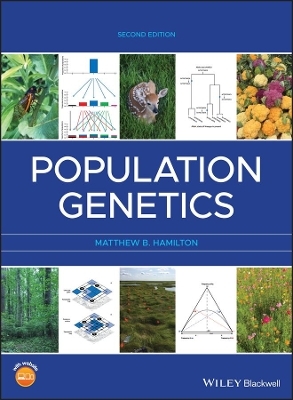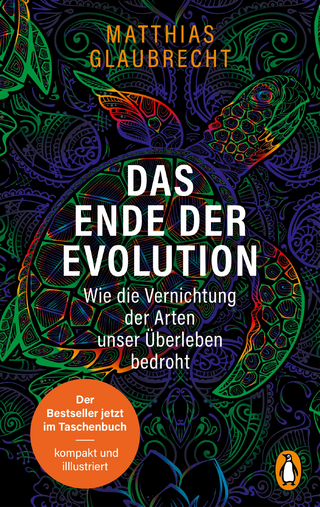
Extinctions in the History of Life
Seiten
2009
Cambridge University Press (Verlag)
978-0-521-11489-9 (ISBN)
Cambridge University Press (Verlag)
978-0-521-11489-9 (ISBN)
Most species ever to have lived on Earth are now extinct. This book brings together key findings and current debates that are important not only for palaeontologists, but evolutionary biologists and even conservation workers. Easily accessible, this is a useful reference for students, researchers and the general reader.
Extinction is the ultimate fate of all biological species - over 99 percent of the species that have ever inhabited the Earth are now extinct. The long fossil record of life provides scientists with crucial information about when species became extinct, which species were most vulnerable to extinction, and what processes may have brought about extinctions in the geological past. Key aspects of extinctions in the history of life are here reviewed by six leading palaeontologists, providing a source text for geology and biology undergraduates as well as more advanced scholars. Topical issues such as the causes of mass extinctions and how animal and plant life has recovered from these cataclysmic events that have shaped biological evolution are dealt with. This helps us to view the biodiversity crisis in a broader context, and shows how large-scale extinctions have had profound and long-lasting effects on the Earth's biosphere.
Extinction is the ultimate fate of all biological species - over 99 percent of the species that have ever inhabited the Earth are now extinct. The long fossil record of life provides scientists with crucial information about when species became extinct, which species were most vulnerable to extinction, and what processes may have brought about extinctions in the geological past. Key aspects of extinctions in the history of life are here reviewed by six leading palaeontologists, providing a source text for geology and biology undergraduates as well as more advanced scholars. Topical issues such as the causes of mass extinctions and how animal and plant life has recovered from these cataclysmic events that have shaped biological evolution are dealt with. This helps us to view the biodiversity crisis in a broader context, and shows how large-scale extinctions have had profound and long-lasting effects on the Earth's biosphere.
Notes on contributors; Preface; 1. Extinction and the fossil record Paul D. Taylor; 2. Extinctions in life's earliest history J. William Schopf; 3. Mass extinctions in plant evolution Scott L. Wing; 4. The beginning of the Mesozoic: 70 million years of environmental stress and extinction David J. Bottjer; 5. Causes of mass extinctions Paul D. Wignall; 6. The evolutionary role of mass extinctions: disaster, recovery and something in-between David Jablonski; Glossary; Index.
| Erscheint lt. Verlag | 25.6.2009 |
|---|---|
| Zusatzinfo | 9 Halftones, unspecified; 53 Line drawings, unspecified |
| Verlagsort | Cambridge |
| Sprache | englisch |
| Maße | 152 x 229 mm |
| Gewicht | 300 g |
| Themenwelt | Naturwissenschaften ► Biologie ► Evolution |
| Naturwissenschaften ► Geowissenschaften ► Mineralogie / Paläontologie | |
| ISBN-10 | 0-521-11489-6 / 0521114896 |
| ISBN-13 | 978-0-521-11489-9 / 9780521114899 |
| Zustand | Neuware |
| Informationen gemäß Produktsicherheitsverordnung (GPSR) | |
| Haben Sie eine Frage zum Produkt? |
Mehr entdecken
aus dem Bereich
aus dem Bereich
Wie die Vernichtung der Arten unser Überleben bedroht - Der …
Buch | Softcover (2023)
Penguin (Verlag)
15,00 €


